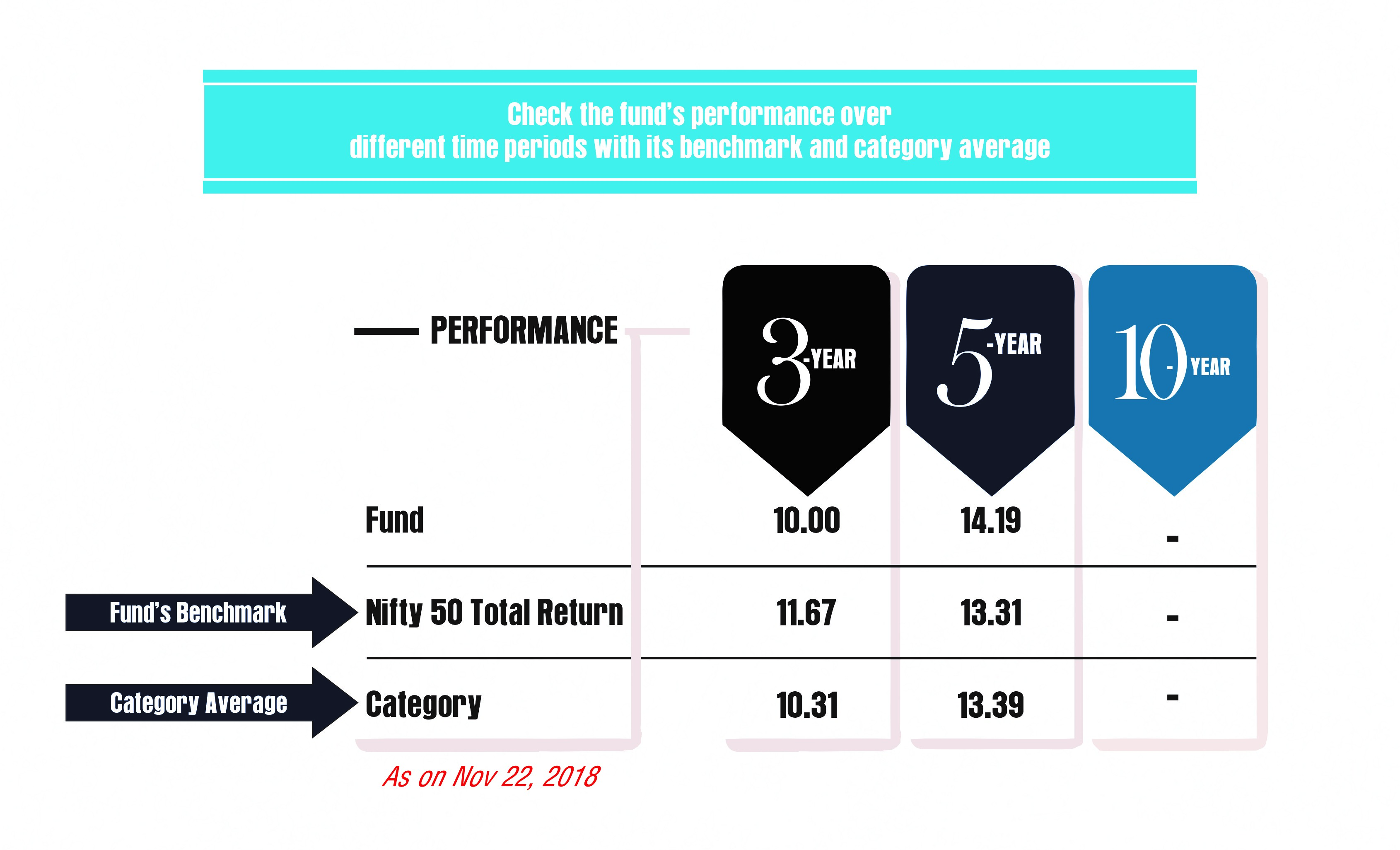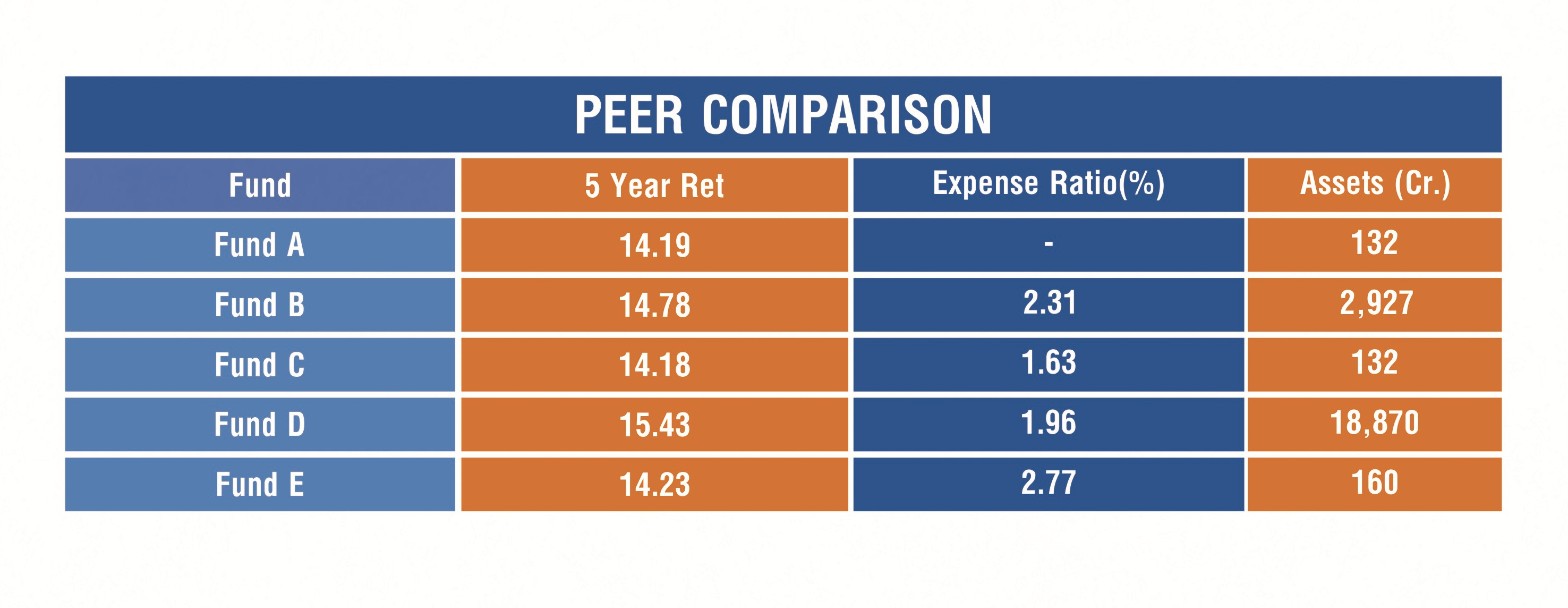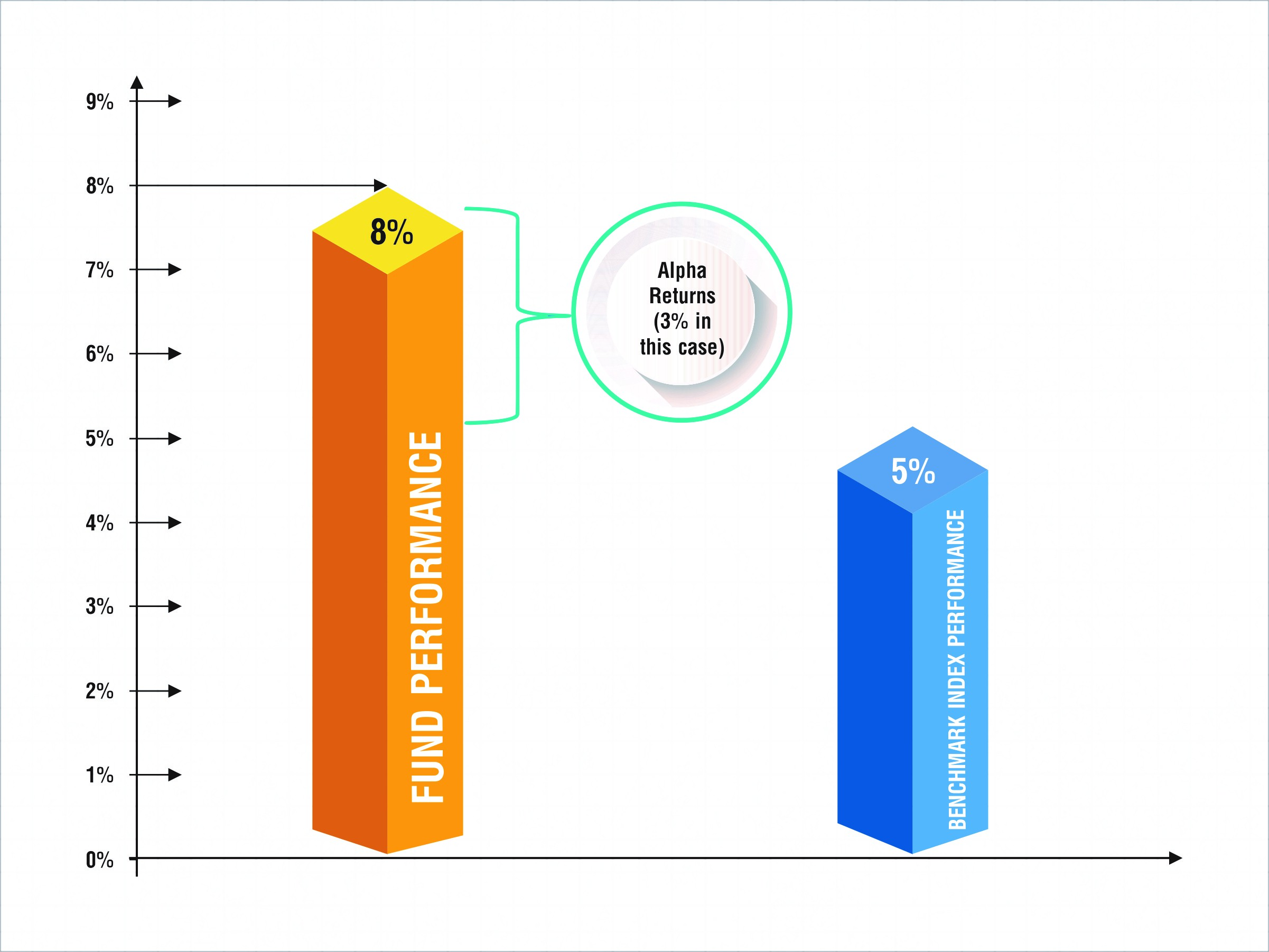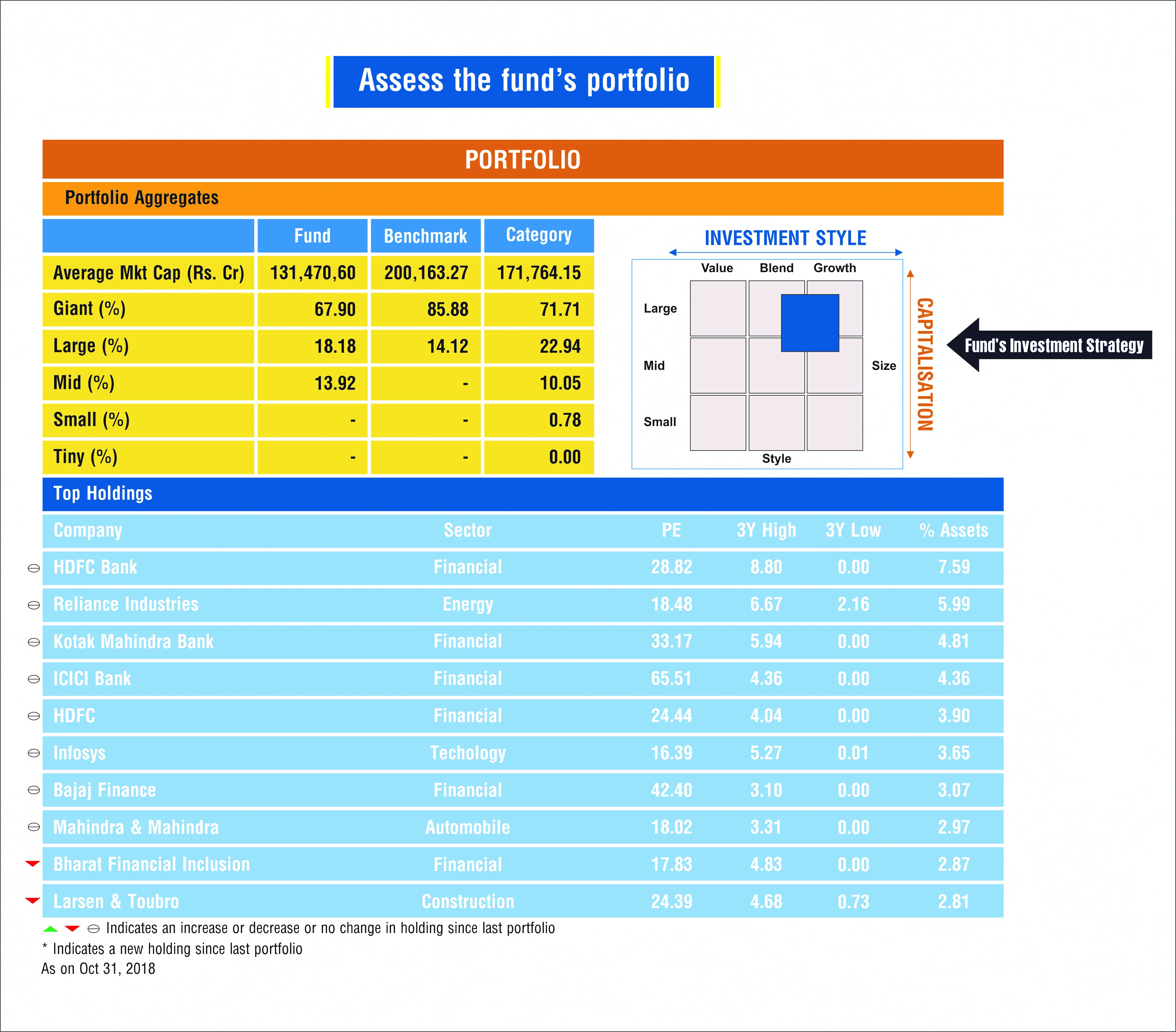
Investing in mutual funds can be a rewarding experience if it is based on sufficient research. However, most investors make their decisions based only on the fund's recent performance. This offers an incomplete picture. Here are some things you need to consider before you 'invest' or 'redeem' a fund:
Returns
Find out how the fund has performed over various time periods – 3 years, 5 years, etc. You must also compare the performance of the fund with:
- Other funds in the same category
- The average performance of the category
- The performance of the benchmark index of the fund

Check the fund’s performance over different time periods with its benchmark and category average

The above is only for illustration purpose.
Compare the fund with other funds in the same Category

The above is only for illustration purpose.
Risk
If your fund has given a very good performance compared to its category and benchmark, find out how much risk the fund has taken to achieve this. If the fund has taken high risk to achieve this performance, you may not be comfortable with this level of risk since it may result in losses or under-performance in future.
Alpha and Beta
When a fund earns more returns than its benchmark, the difference between the benchmark returns and the fund's returns is called 'alpha'. This makes the fund an attractive investment. However, at the same time, if the fund's returns are significantly higher than the benchmark and category average returns, it could mean that the fund manager has taken a high amount of risk to achieve such higher returns.

The above is only for illustration purpose.
If the fund carries risk similar to the overall market risk, it means that the fund's beta is 1. A beta of greater than 1 means the fund has taken a higher risk, and vice versa. For example, if the market falls by say, 10%, but the fund falls by say, 20%, the fund's beta is greater than 1. On the contrary, if the market falls by 10% and the fund falls by say 8%, then the fund's beta is less than 1. It's safer to invest in a fund with a lower beta value.
Fund's Portfolio
Check the fund's investment portfolio to ensure that the fund manager has invested in stocks of well-performing companies and whether there is sufficient diversification (i.e. the investments are well spread over a number of stocks and not concentrated only on few stocks).
Assess the fund’s portfolio

The above is only for illustration purpose.
Market cycles
Stock markets usually go through up and down cycles. Check the performance of the fund over both cycles. A well managed fund would have limited losses during down cycles and offer 'above-market' returns during up cycles.
Fund Manager
The fund manager plays a key role in the performance of the fund. Assess the fund manager's experience and performance with the fund of your choice and other funds that he is managing.
Investment strategy
There are number of investment strategies that a fund can use – growth investing, value investing, etc. Find out which investment strategy the fund is using and subsequently the fund's performance based on that.
Every investment decision requires specialized skill, experience and research. Clearly, it's not advisable to consider only the fund's recent performance to make your investment decision. It's always advisable to use the services of a financial advisor to make the right decisions.
Trending Articles
MUTUAL FUND INVESTMENTS ARE SUBJECT TO MARKET RISKS, READ ALL SCHEME RELATED DOCUMENTS CAREFULLY.














